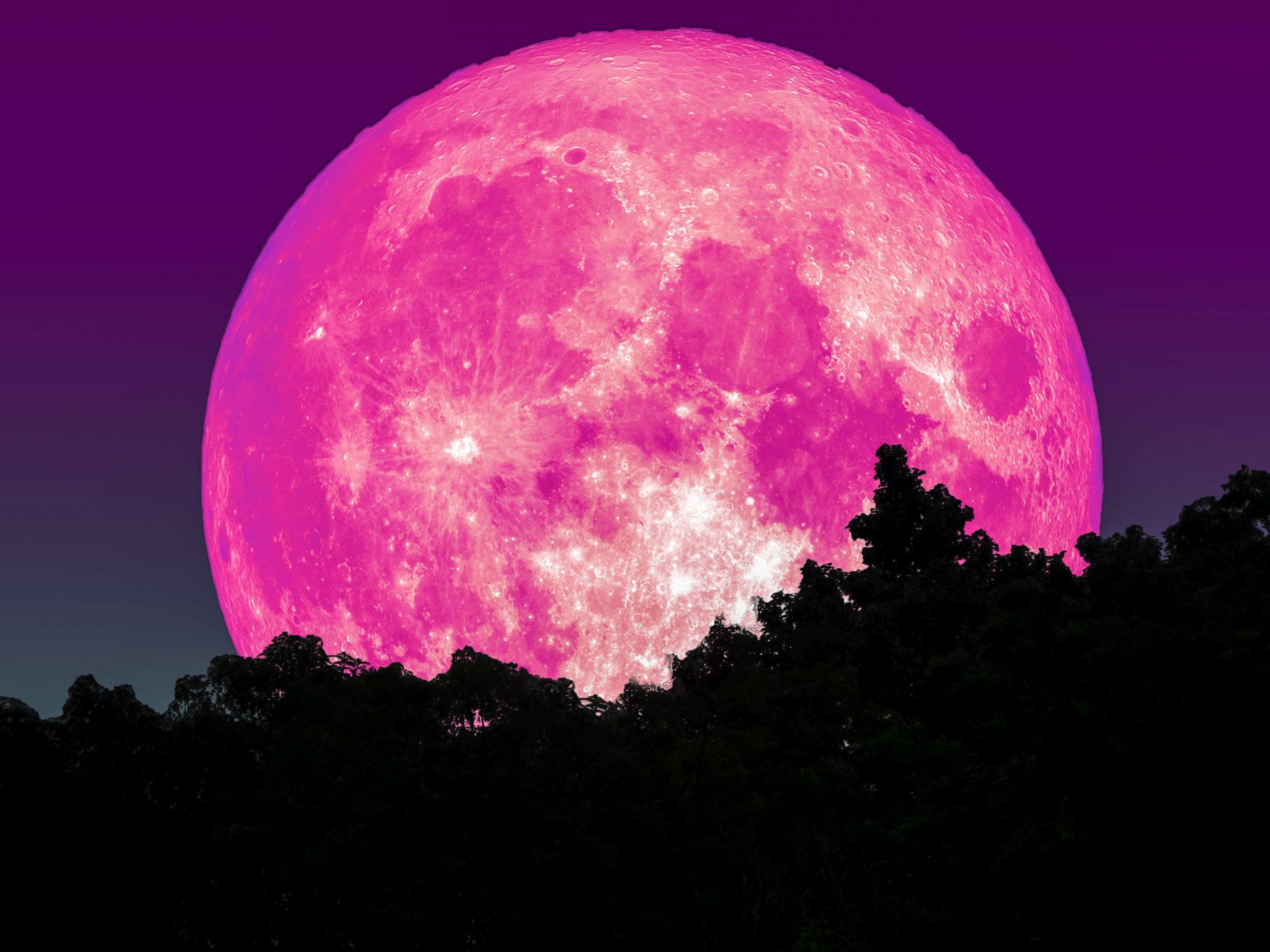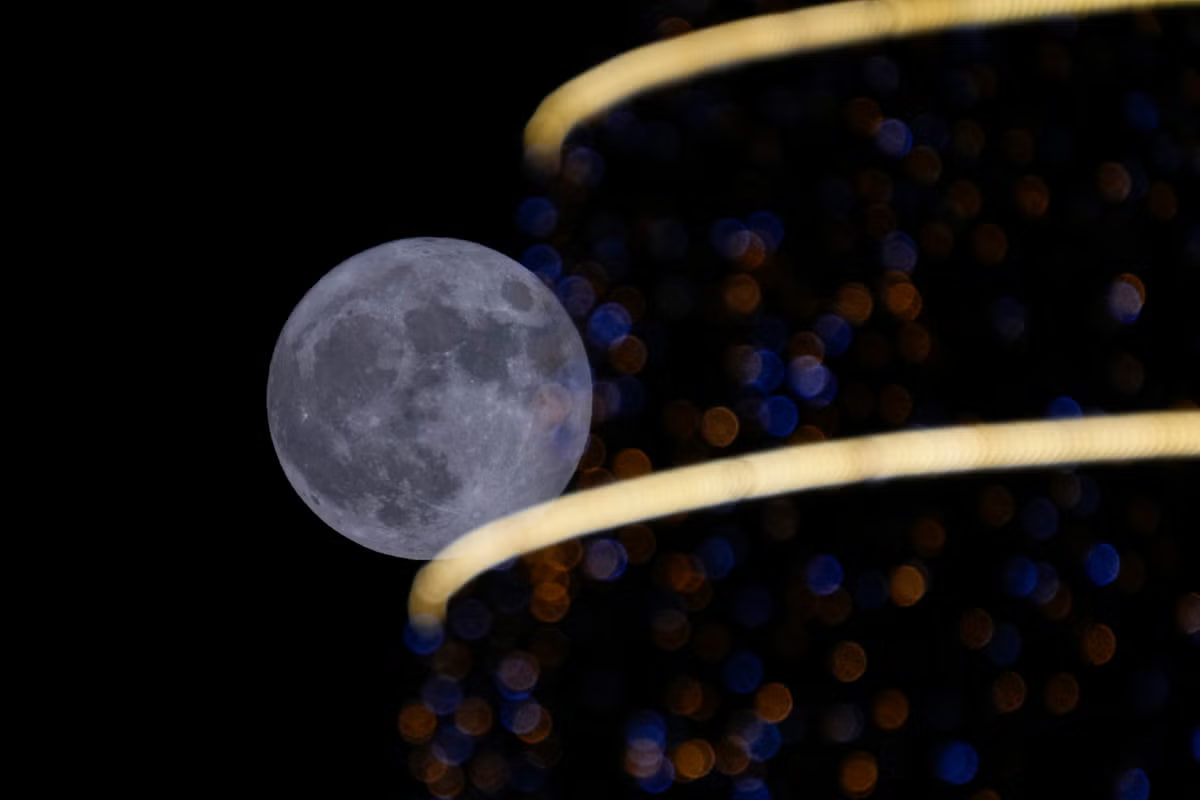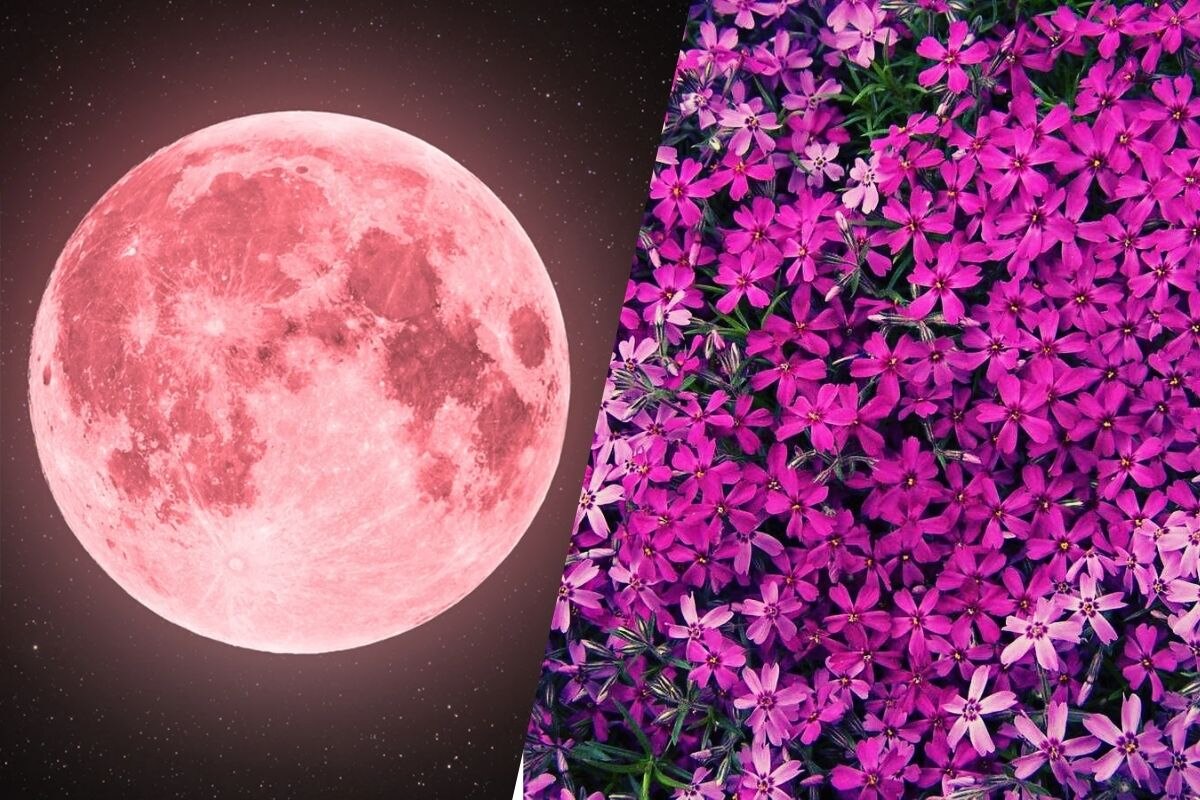The night sky on 12 April 2025 will offer a unique astronomical spectacle. That day will be the full moon of April, also known as the Pink Moon or Easter Moon, which will coincide with an unusual event: the occultation of Spica, one of the brightest stars in the sky, located in the constellation of Virgo.
What is the Pink Moon and why is it called that?
Although many believe that the satellite takes on a pink hue, the name “Pink Moon” does not refer to its color. The name comes from the native peoples of North America, who associated it with the flowering of the wild plant Phlox subulata, also known as pink moss, which blooms in spring.

In other cultures, this Moon phase is also called the Hare Moon, the Corn Planting Moon or the Milk Moon, in relation to agricultural activities and seasonal symbolism.
What time will the April full moon be visible?
According to data from Space.com, the full moon will reach its peak visibility at 20:22 hours (Eastern Time) in the United States, that is, at 02:22 GMT on April 13. Below are some key times depending on your location:
- New York: visible from 19:30, with sunset at 19:32.
- London: full moon visible at 01:22 on April 13.
- Los Angeles: 17:22 on April 12, before moonrise.
What is Spica Bending?
The occultation of Spica occurs when the Moon passes in front of this star, temporarily blocking its light. This event will take place 28 minutes after the full moon and will be visible from various parts of the world, including:

- Central America: Nicaragua, Costa Rica and Panama (Spica will reappear).
- South America: Colombia, Ecuador, Venezuela, Chile, Bolivia, Paraguay, Argentina and Brazil (both the disappearance and reappearance of the star can be observed).
- In Africa: especially on the southern coast of South Africa.
The sky from New York: Moon and Spica, a close encounter
Although the total occultation of Spica will not be visible from cities like New York, the Moon will pass very close to the star. As the satellite rises in the night sky, Spica will be visible just to its left, creating an impressive sight for skywatchers.
This astronomical phenomenon will be a unique opportunity to observe the cosmic alignment of our satellite with one of the most important stars in the firmament. As Space.com explained, the precision with which the celestial bodies synchronize is a reminder of the beauty and complexity of the universe.









